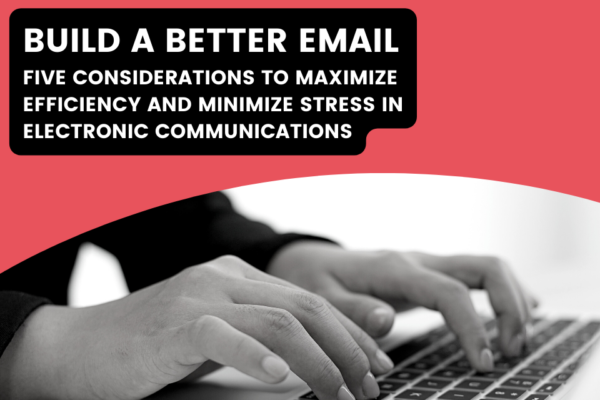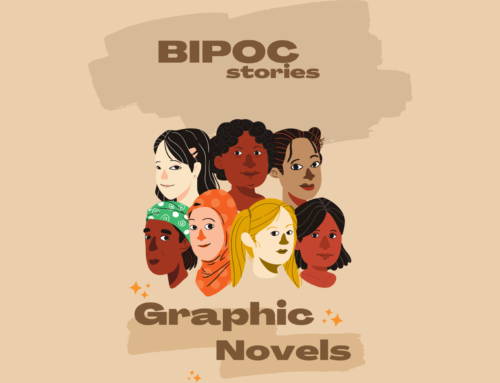
In this digital age, many of our interactions take place online, and email has become a preferred means of communication for many individuals and organizations.
Everyone has their unique style when it comes to writing emails, and a good email does not need to follow a cookie-cutter format. That being said, here are several practical ways you can make your emails more effective and less stressful.
1. Pick the Right Tone
2. Draft a Clean Message
3. Test Your Attachments
4. Avoid Common Pitfalls
5. Don’t Sweat
Anxiety about writing emails is a common phenomenon but doesn’t need to become an obstacle to effective communication. Practicing kindness towards others and towards yourself can help keep email writing a positive experience for everyone!
Sources and Training
- LinkedIn Learning
Your CCPL account grants access to a wealth of online professional development resources, such as LinkedIn Learning, which provides a repository of training videos and accompanying literature. To view the following videos, you may be prompted to “Sign in with Your Library Card.” If so, the library ID is smrla and you will need to provide your library card number and library account pin/password to gain access.
- Writing Emails People Want to Read (57 Minutes)
- Tips for Writing Business Emails (34 Minutes)
- Unsubscribe: How to Kill Email Anxiety, Avoid Distractions, and Get Real Work Done (Blinkist Summary) (13 Minutes)
- NorthStar Digital Literacy
NorthStar Digital Literacy provides assessments for basic computer digital literacy standards that may be taken with or without an account. To have an account created so that your progress can be saved, please call or visit one of our CCPL branches.





